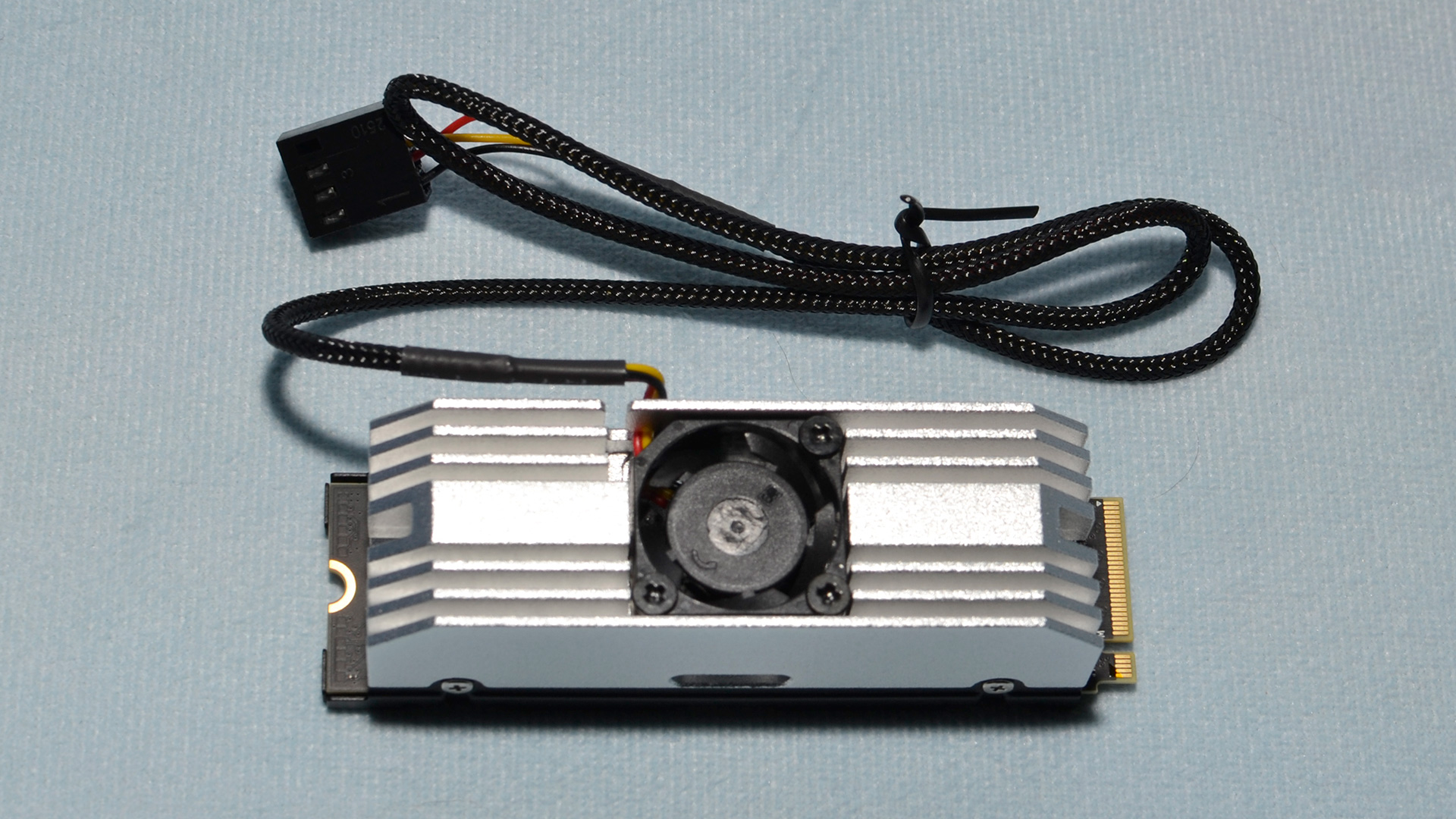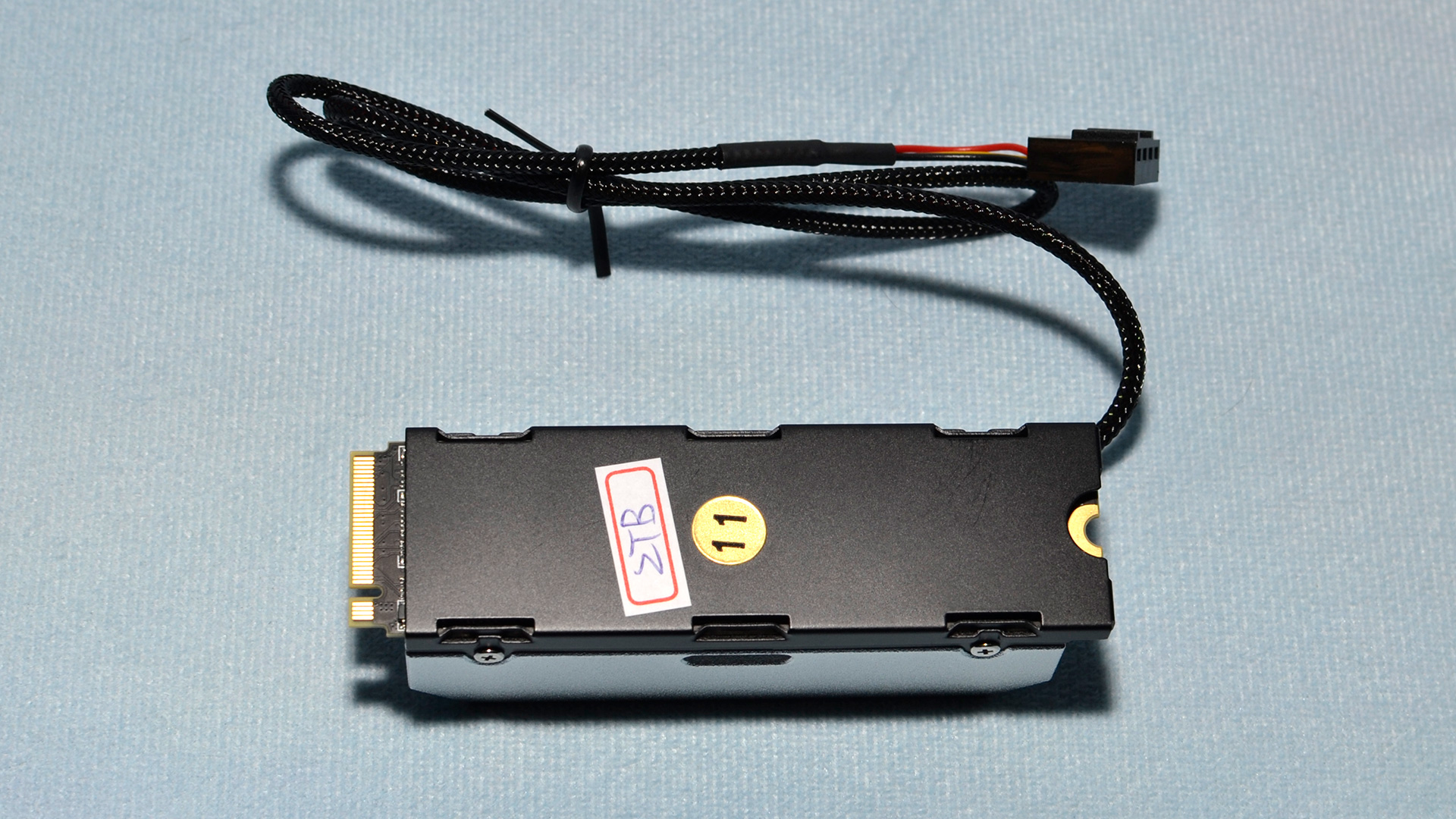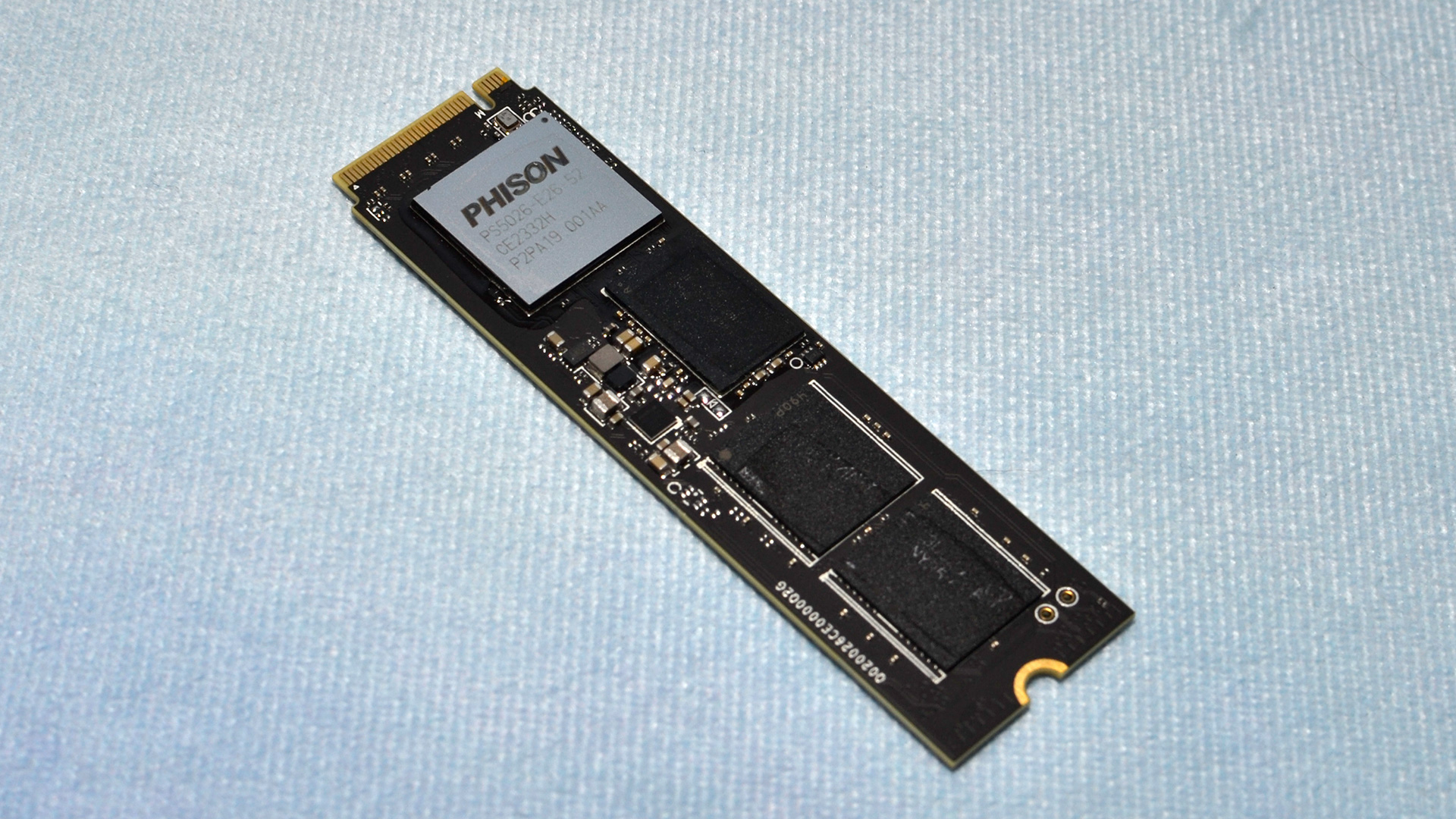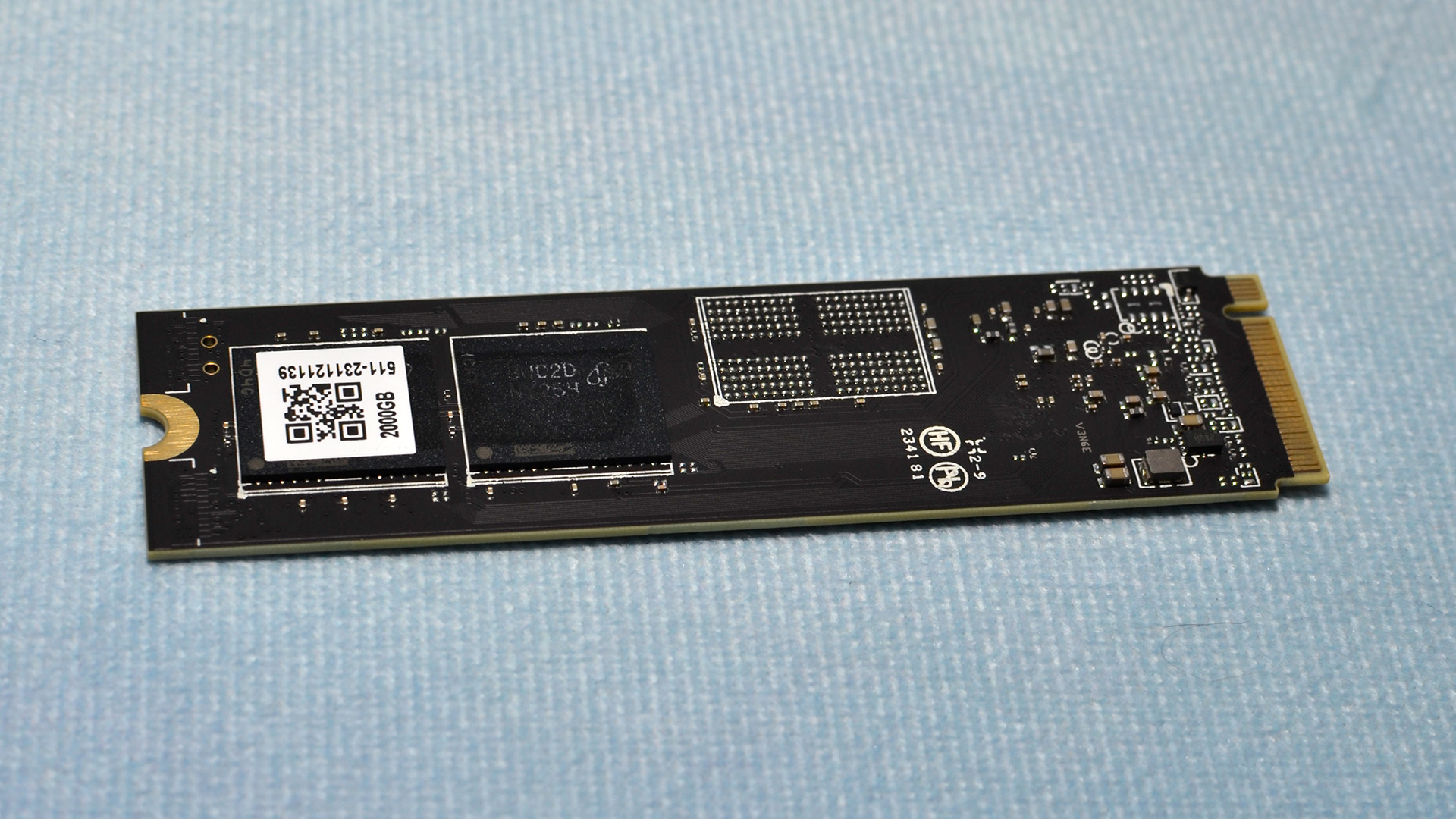First look at a reference design of the fastest SSDs we're likely to see in 2024 — Phison’s E26 'Max14um' will hit 14 GB/s, and we'll test performance early next year

Finally, SSDs that can use the full PCIe 5.0 M.2 slot bandwidth are on their way. Phison calls the new reference design “Max14um,” though retail products are free to deviate from what Phison has put together. This gives us a preview of what we can expect to see from various Phison partners next year, and it will certainly power some of the best SSDs once such drives go on sale.
We'll have a preview of Phison's Max14um reference design in the coming days. It's an optimized version of SSDs based on the popular E26 controller, and we expect plenty of SSD partners will show off similar hardware at CES 2024 in January. SSD models capable of hitting 14 GB/s (which is where the Max14 part of the name comes from if that wasn't clear), like the Sabrent Rocket 5, have been detailed throughout 2023 with multiple updates to track their progress. The fastest E26 drives we’ve tested to date — the Crucial T700, Teamgroup Z540, and Nextorage NN5Pro for example — have had a throughput ceiling of around 12.4 GB/s.
Once we get drives that can break 14 GB/s, the only viable ways to go much faster will be with a wider interface like PCIe 5.0 x8, using multiple drives in RAID, or we'll need to wait for PCIe 6.0 platforms and devices to start showing up. PCIe 5.0 x4 offers a theoretical 32 GT/s speed and tops out at 15.75 GB/s. However, there's usually other overhead involved, so 14 GB/s is very close to the real-world maximum. (For reference, the fastest PCIe 4.0 drives we've tested have peaked at around 7.15 GB/s, even though the theoretical maximum is 7.88 GB/s.)





While Max14um utilizes existing hardware, critical optimizations were required to reach and maintain the highest speeds possible in a PCIe 5.0 M.2 slot. The current M.2 form factor can handle up to 0.5A for each of nine 3.3V power pins — theoretically 14.85W total — but the maximum M-key power output is capped at a more reasonable 11.55W average by PCI-SIG, with higher burst power allowed for very short periods. We’ve already touched beyond 12W peak in our testing, so this is a limit Phison has certainly bumped up against. With careful engineering and design, Phison has persevered to enable faster drives with additional customizations available to retail partners.
These partners can choose their own optimizations and features, such as support for encryption or specific thermal throttling points, with customizable firmware. We expect individual partners to stand out with unique heatsinks and model names at the very least — and please skip the tiny little fan. Performance will vary from platform to platform and drive to drive, but SSDs similar in specs to the Max14um prototype should be the fastest on record. This includes enhanced support for upcoming technologies that are still maturing, with a DirectStorage performance target that’s about double of what is currently achievable on PCIe 4.0 drives like the Sabrent Rocket 4 Plus-G.
We expect good things from Phison’s design and will be taking a look at it early next year. We’ll also be looking at what Phison’s partners bring to the table with unique optimizations and, later, enhanced and mature firmware. Cooling will certainly become of greater importance as performance is pushed to the edge. 14 GB/s is quite an achievement given the constraints of current hardware and we look forward to finally seeing DirectStorage-capable software that’s able to make use of this horsepower.
Get Tom's Hardware's best news and in-depth reviews, straight to your inbox.

Shane Downing is a Freelance Reviewer for Tom’s Hardware US, covering consumer storage hardware.